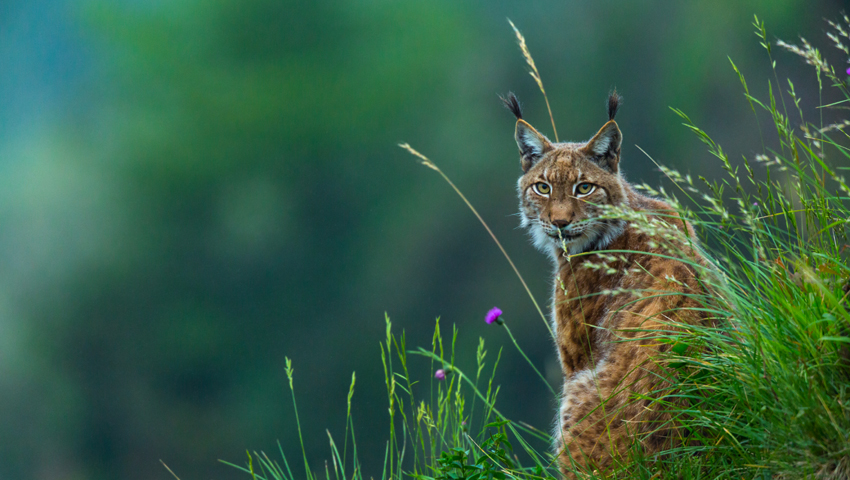With the Northumberland Wildlife Trust at the start of another ‘conversation’ about the introduction of Eurasian Lynx and a similar initiative underway in Scotland under the banner of The Lifescape Project, the National Sheep Association is concerned that once again there are plans to prepare for a licence application to release this predator species into Britain’s landscape.
The NSA stands by the position it formed around the last application in 2018 by Lynx Trust UK – an application rejected by the Secretary of State at that time.
NSA Chief Executive Phil Stocker said, “There must be practical and science-based evidence and reasoning behind any potential reintroductions of risk species and NSA would advocate for a case-by-case approach to ensure there is a robust and clear strategy to ensure unintended consequences are avoided. As an organisation we will engage constructively with this conversation, on the understanding that it will inform whether a formal consultation should proceed in advance of any licence application.
“As sheep farmers we will be far more directly affected than most and we have a duty and a right to express our views. The potential impact is wide and far reaching, including the stress placed on farmers knowing that an apex predator is in the vicinity – we know the effect that domestic dogs attacking sheep has on farmer anxiety levels and the repulsion these attacks are met with by the public. Why it would be OK for a sheep to be attacked by a lynx instead is irrational.
“The answer is likely to be that compensation will be paid. We know this is not all about money and few farmers will sleep easy at night thinking their sheep might be being attacked but it’s okay because they will get a government cheque to compensate.
“We have to think carefully about how the destruction of a livestock farming sector would change the countryside, our rural communities and the ecology and nature that most farmers are already working hard to further improve. So many species such as the curlew, whimbrel, skylark, along with many insects and mammals are dependant on grazing animals and farming activity – it is this that has shaped our countryside over hundreds and thousands of years.
Farmers are involved in tree planting, hedgerow planting and extensive grassland management, all with the aim of improving habitats from the ground up.
NSA Policy Manager, Emma Bradbury, said, “Targets that are set must be very specific and measurable to ensure that any reintroductions are held to account and do not negatively impact although native species. There must also be careful forethought for our own endangered native species that could potentially be put at risk by the reintroduction of a species – for example the Eurasian Lynx – which is flourishing in other parts of the world. The Eurasian lynx is thought to have been extinct from the British Isles for 1,300 years due to a decrease in forest area and persecution by humans. The species is in the category of ‘Least Concern’ on the International Union for Conservation of Nature (IUCN) Red List due to its large range in Western Europe, the boreal forests of Russia, central Asia and the Tibetan plateau.”
